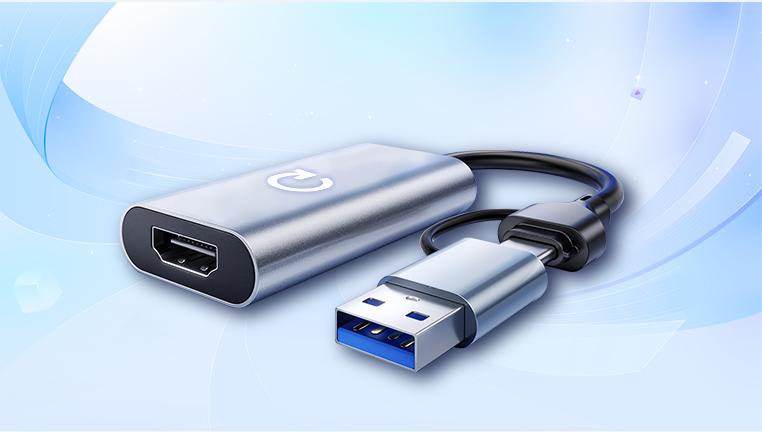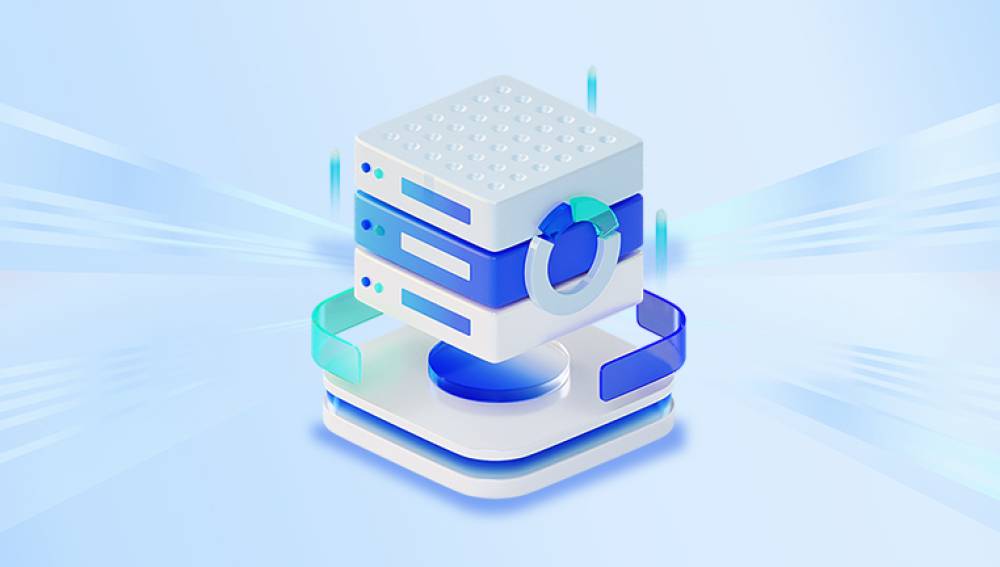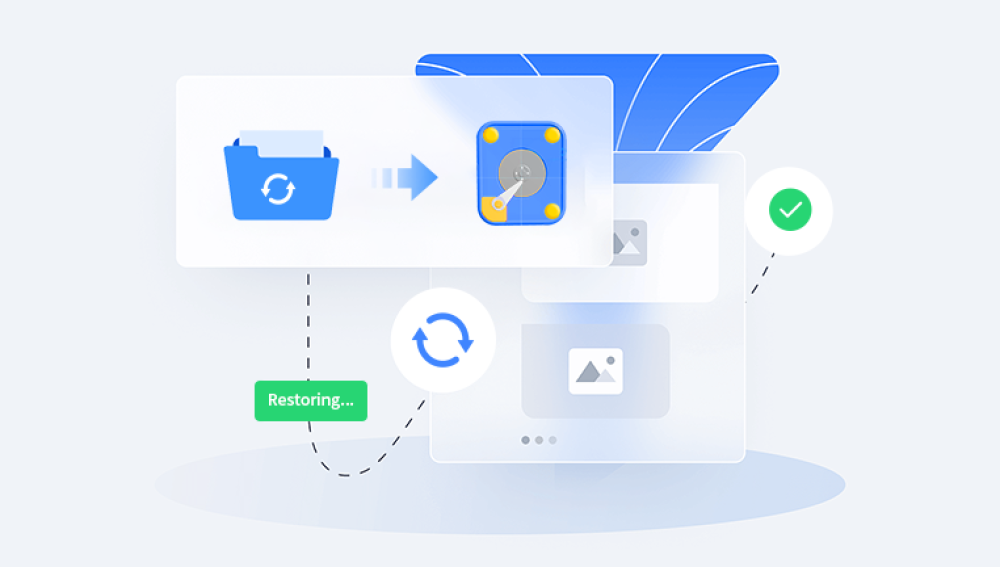Hard drives are the central data repositories for most computer systems. They store everything from operating system files to personal documents, videos, photos, and application data. When a hard drive crashes, it can feel like an overwhelming catastrophe, especially when critical data appears to be lost. However, not all hope is lost. With the right knowledge and tools, data recovery from a crashed hard drive is often possible.
Chapter 1: Hard Drive Crashes
A hard drive crash occurs when a hard disk drive (HDD) or solid-state drive (SSD) becomes inoperable or fails to function correctly, often leading to data inaccessibility. There are generally two categories of crashes:
Logical Crash: These occur due to software-related issues, such as file system corruption, accidental deletion, malware infections, or operating system failures. The drive is still physically functional.

Physical Crash: These result from hardware failures. Examples include head crashes, motor failures, or electronic circuit issues. Physical crashes are more serious and typically require professional recovery services.
Symptoms of a Crashed Hard Drive:
The computer fails to boot or displays errors during startup.
Clicking, grinding, or unusual noises from the hard drive.
Drive not recognized by BIOS or operating system.
Frequent freezing, crashes, or blue screens.
Slow read/write performance or corrupted files.
Chapter 2: Causes of Hard Drive Crashes
Understanding the root cause of a crash is essential to determine the best recovery approach. Common causes include:
Mechanical Failure: Moving parts in HDDs can wear out, especially the spindle motor or read/write heads.
Electrical Issues: Power surges, overheating, or faulty components can damage the hard drive circuitry.
Human Error: Accidental deletion, improper drive ejection, or formatting.
Firmware Corruption: Malfunctioning firmware can make the drive inaccessible.
Logical Errors: File system corruption, bad sectors, or malware.
Environmental Factors: Heat, moisture, dust, and physical shocks.
Chapter 3: Initial Steps After a Hard Drive Crash
Time is critical when dealing with a crashed hard drive. Here are some essential steps to follow:
Stop Using the Drive: Continued usage may overwrite or further damage data.
Do Not Attempt DIY Repairs on Physical Damage: Opening the drive in a non-cleanroom environment can cause irreversible damage.
Determine Crash Type: Identify if it’s a logical or physical crash.
Backup If Possible: If the drive is still partially accessible, copy important files immediately.
Use Diagnostic Tools: Software like CrystalDiskInfo or manufacturer tools can help assess drive health.
Chapter 4: Logical Crash Recovery Methods
For logical crashes, software-based solutions are usually effective. Here’s a step-by-step approach:
Connect the Drive as a Secondary Drive: Use a USB adapter or install it in another computer.
Use Data Recovery Software:
Drecov Data Recovery
Drecov Data Recovery is a reliable and user-friendly software designed to help users recover lost or inaccessible data from crashed hard drives. Whether the issue stems from logical errors, accidental formatting, or system corruption, Drecov Data Recovery offers a practical solution for retrieving important files with minimal effort and no need for technical expertise.
When a hard drive crashes, users are often faced with sudden data loss, inaccessible partitions, or corrupted files. Drecov Data Recovery addresses these challenges by offering powerful scanning algorithms that dig deep into the storage device to locate and restore lost data. It supports recovery of a wide range of file types, including documents, images, videos, audio files, and system files from both internal and external hard drives.
Tips:
Always recover to a different location.
Use deep scan options if initial attempts fail.
Avoid writing new data to the crashed drive.
Chapter 5: Physical Crash Recovery Methods
Recovering from a physical crash is more complex and should be approached with caution.
1. Signs of Physical Damage:
Clicking or beeping sounds.
Drive not spinning or powering up.
Burnt smell or visible circuit damage.
2. Professional Recovery Services: If you suspect physical damage:
Contact a certified data recovery lab. Examples include Ontrack, DriveSavers, and Secure Data Recovery.
No DIY Attempts: Opening the drive outside a cleanroom can ruin the platters.
Recovery Cost: Can range from $300 to $2000 depending on severity.
Turnaround Time: Typically 3–7 days, expedited services available.
3. What Professionals Do:
Use cleanroom environments to open and inspect the drive.
Replace damaged components with identical working parts.
Clone the drive and extract data from the clone.
Use specialized hardware and software not available to consumers.
Chapter 6: SSD Crash Recovery Considerations
Solid-state drives differ from HDDs and require specific approaches:
No moving parts, but prone to firmware failures and electrical issues.
Symptoms: System fails to boot, BIOS does not detect SSD, or drive shows 0GB capacity.
Recovery: Software tools like Disk Drill, EaseUS, or manufacturer utilities.
Professional Help: Necessary for controller or NAND chip failure.
Chapter 7: Preventing Future Crashes
Prevention is the best protection against data loss:
Regular Backups: Use cloud storage or external drives.
Use UPS: Prevent power surges.
Keep Systems Cool and Clean: Avoid overheating.
Update Firmware: Especially for SSDs.
Antivirus Software: Prevent malware-induced corruption.
Chapter 8: Choosing the Right Recovery Path
How do you know whether to use software or call a professional?
Use Software If:
The drive is detected.
No physical symptoms.
Logical errors or accidental deletion.
Call Professionals If:
Drive makes noises.
Not recognized at all.
Previous software attempts failed.
Chapter 9: Summary and Final Thoughts
Hard drive crashes are unsettling but not always the end of your data. By carefully assessing the situation, acting quickly, and choosing the right tools or services, you can recover valuable files and minimize losses. Invest in preventive measures, understand the signs of failure, and don’t hesitate to seek professional help when necessary. With the right strategy, your chances of a successful recovery are high.




